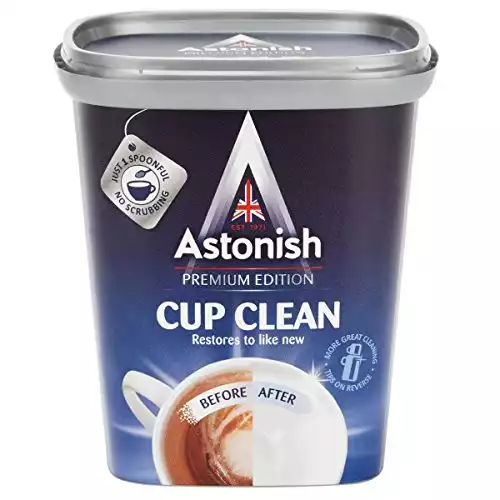How To Remove Coffee Stains
Yup, Coffee is delicious.
But, the dark brew tends to stain just about anything it comes into contact with. In fact, it’s so good at staining things that it’s sometimes used as a natural dye to make paper and fabric look older!
But it does present a problem: how do you get coffee stains out without losing your mind?
We’ve compiled expert advice on the topic below for the sake of coffee drinkers everywhere. So keep sipping and reading!
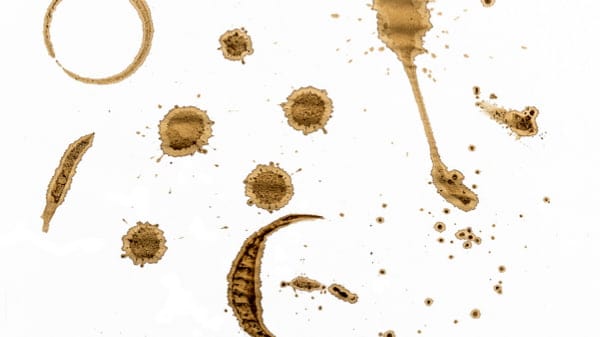
Are Coffee Stains Permanent?
Fortunately, despite how persistent coffee stains may seem, they aren’t permanent.
The difficulty of removing the stain depends on how long the item has been stained–a wet stain is easier to remove than dried coffee stains. But even the most dried-on stains can be removed if you know what you’re doing.
There are a few different techniques, depending on the material and on the location where the coffee landed, but with a bit of know-how, you can take care of just about anything.
How To Remove Coffee Stains From Carpet
Maybe your kids rushed into the room when you were walking away from the coffee maker, or perhaps you were trying to juggle too many items, and your coffee tumbler fell to the floor.
Whatever the accident, coffee spills can really put a damper on your day. Fortunately, you can get the stain out easily–provided you act quickly, and you have the right equipment at hand.
The ingredients you’ll need, depending on your method:
- Dish soap
- Vinegar
- Warm water
- A spot remover kit
- A toothbrush or a stain brush
- Paper towels or a few dry cloths
Start by blotting the spill with your paper towels or dry cloth to soak up as much of the coffee as possible. Make sure to blot rather than rubbing the spill because rubbing can spread the stain instead of soaking up the coffee.
From there, the steps vary only a little bit based on which cleaning products and tools you’re using.
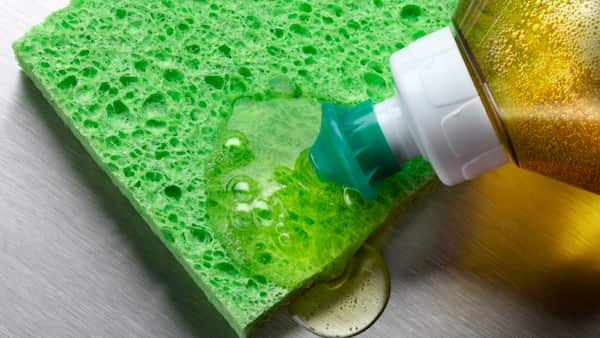
Dish Soap
Mix up a carpet cleaning solution using ¼ teaspoon of dish soap and one cup of warm water. Use paper towels or dry cloth to apply the detergent to the stain.
Don’t rub–instead, apply the cleaning liquid by blotting gently, starting from the outside and working your way inwards to the center.
Once the stain is fully saturated, leave it to sit for a few minutes, and then use another dry cloth or more paper towels to soak it up. If the stain doesn’t fully lift the first time, apply more of the cleaning liquid and blot it up again.
Note – remember this applies to dish soap only, not laundry detergent!

Vinegar
For this method, you will want to use white vinegar instead of apple cider vinegar or any other colored kinds of vinegar to avoid adding to the stain.
Pour a ratio of one cup of white vinegar to two cups of warm water, and proceed as you would with the dish soap method. Carefully apply the liquid to the stain without rubbing, and then blot up the moisture after letting it sit.
The white vinegar will dry without leaving any smell behind, and your carpet will be nice and clean!
Stain remover kit
Apply the detergent from the stain remover kit of your choice, making sure to saturate the stain thoroughly.
Scrub the stain either with the brush of your choice or a brush provided by the kit, and use a dry cloth or paper towels to blot up any excess liquid. Many stain remover products also suggest vacuuming any residue left behind, so be aware of that possibility.
If you have older, dried coffee stains, you can freshen it up to help the removal process by dampening the spill with some lukewarm water without scrubbing or rubbing at it. Then follow the instructions from the process of your choice.
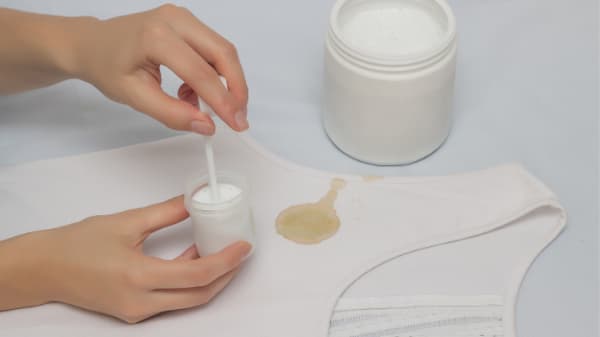
How To Remove Coffee Stains From Clothes
Trying to get coffee stains out of your clothing can seem like an annoying chore, but it doesn’t have to be difficult.
There are several methods for removing coffee stains from clothes, whether they’re made of synthetic fibers or natural ones like cotton, and most of them are actually pretty easy. With a few household items, you can get your clothes looking good as new.
Synthetic fabric
A great thing about synthetic fibers like polyester, acrylic, spandex, and so on is that they’re very durable–they can take a lot of hard cleaning and hard-wearing.
They also give up stains pretty readily in most circumstances, so removing coffee stains from your favorite synthetic fibers isn’t difficult. You’ll need either:
- A presoak liquid made up of 1 quart of warm water,
- ½ teaspoon of dish detergent (not laundry detergent),
- One tablespoon of white vinegar.
OR:
- Stain remover, easy to get from the supermarket
- A dry cloth
- Warm water
For the first method:
- Blot up the excess coffee from the stained area on your garment
- Apply the presoak solution to the area, making sure to saturate it pretty thoroughly
- Allow the liquid to soak into the fabric for 15 minutes
- blot the garment mostly dry
- Wash as normal
For the second method:
- Blot the coffee spill dry of any excess liquid with a dry cloth
- Apply the spot remover of your choice
- Rinse the area with cold water if the directions say to
- Wash as normal
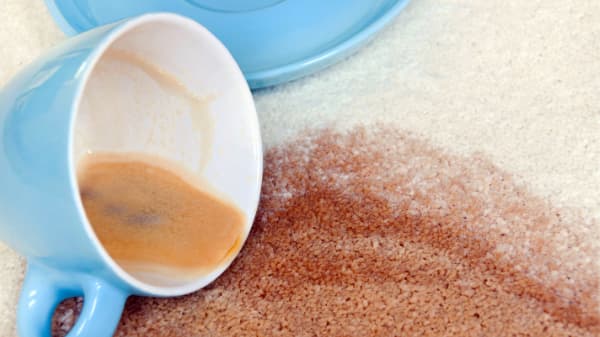
Cotton clothing
Cotton is almost as durable as synthetic materials when it comes to cleaning, and it’s almost as easy to get coffee stains out of the material.
As with synthetic materials, you can use either a mixture of white vinegar, detergent, water, or a commercial spot remover. If you’re While some people swear by lemon juice, this can actually leave a stain behind–since lemon juice has sugar in it, despite its sour flavor.
Baking soda also isn’t a good option for coffee stains on fabric–it won’t do much because acid actually works much better to remove coffee stains from clothing. If your cotton clothing item is white, you can also use a chlorine bleach prewash.
Whichever product you use, make sure to follow the right steps:
- Blot the area of the spill to remove any excess coffee
- Rinse with cold water if possible
- Apply the stain remover of your choice
- Blot the excess liquid
- Wash as normal
Since cotton is a pretty strong material, you can also try a pretty simple trick: use a rubber band to stretch and hold the garment over a bowl, and then pour 200*F water (just below boiling temperature) over the coffee stain.
This is least risky with white cotton, but even dyed cotton should be pretty safe. If you’re concerned, test a small corner of the item before committing to the boiling water solution on the spill itself.

How To Remove Coffee Stains From Cups Or Mugs
Every coffee drinker knows that coffee cups, tumblers, and mugs can take on telltale stains from the daily brew over time.
But did you know that it’s fairly simple to remove the stains and restore your favorite drinking vessel to brand new? You have a few options when it comes to what you can use to clean out your favorite mug:
- Baking soda
- Astonish Cup Clean
- Denture tablets
To clean your cup or mug with baking soda, simply sprinkle a small amount–a teaspoon or tablespoon, depending on the size of the cup–and use a damp sponge or cloth to scrub the surface. The baking soda cuts through the coffee stain, making it easy to wash out.
Related Read: Baking Soda In Coffee
Astonish cup clean is a product that uses the same active ingredient as in Oxiclean: sodium percarbonate. Add one teaspoon of the powder to your coffee cup, fill with hot water, and let it sit until the water cools. The coffee stains will rinse right out.
Finally, denture tablets. This may seem like a surprising option, but denture tablets are made to gently and effectively clean stains off of false teeth, which are often made from the same material as your favorite coffee mug: porcelain.
Fill your mug with warm water, then add one to two denture tablets. Once the fizzing stops, you can empty the mug and rinse it out, and the stains will be gone.
Other Useful Coffee Stain Removal Methods
There are many helpful ways to get rid of coffee stains, depending on where they land. If you don’t have the above materials on hand, maybe you can put a less common process to use.
Toothpaste
For this stain removal method, you want to use white toothpaste as plain as possible.
Apply a small amount of the toothpaste to the stain, and lightly scrub with a toothbrush before rinsing with cold water.
The toothpaste has an abrasive effect, which will help to lift the coffee stain. Be careful with delicate fabrics–this is best for dried-on stains and for durable fabric.
Just Water
If your coffee stain is still fresh, you can get rid of most–if not all–of it with just some cold water. Rinse the stain thoroughly.
Coffee is water-soluble, so if you use enough water through the fabric, you should be able to get it out. It’s better to use cold water for this kind of rinsing, instead of warm or hot, so as not to “cook” the stain into the material.
Shaving Foam
This may seem like a strange tool for removing stains, but shaving cream has surfactants in it that in normal use help your razor glide across your skin more smoothly. For removing stains, those same chemicals help to latch onto the coffee molecules, and lift them out of the material.
Other tools that expert cleaners have found to help include baby powder applied to a still-wet stain, hydrogen peroxide applies to dried coffee stains, and laundry detergent when applied to carpets or upholstery.
Be careful with detergent, especially laundry detergent–make sure to check the cleaning instructions for whatever you’re using it on. Laundry detergent can sometimes remove the color from the item you’re cleaning.
Removing coffee stains from clothing, carpet, and other surfaces can present a real challenge. But with a bit of knowledge and the right process, you will be able to keep everything clean and good as new!

